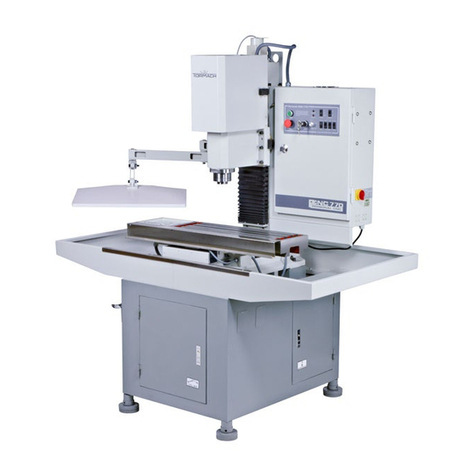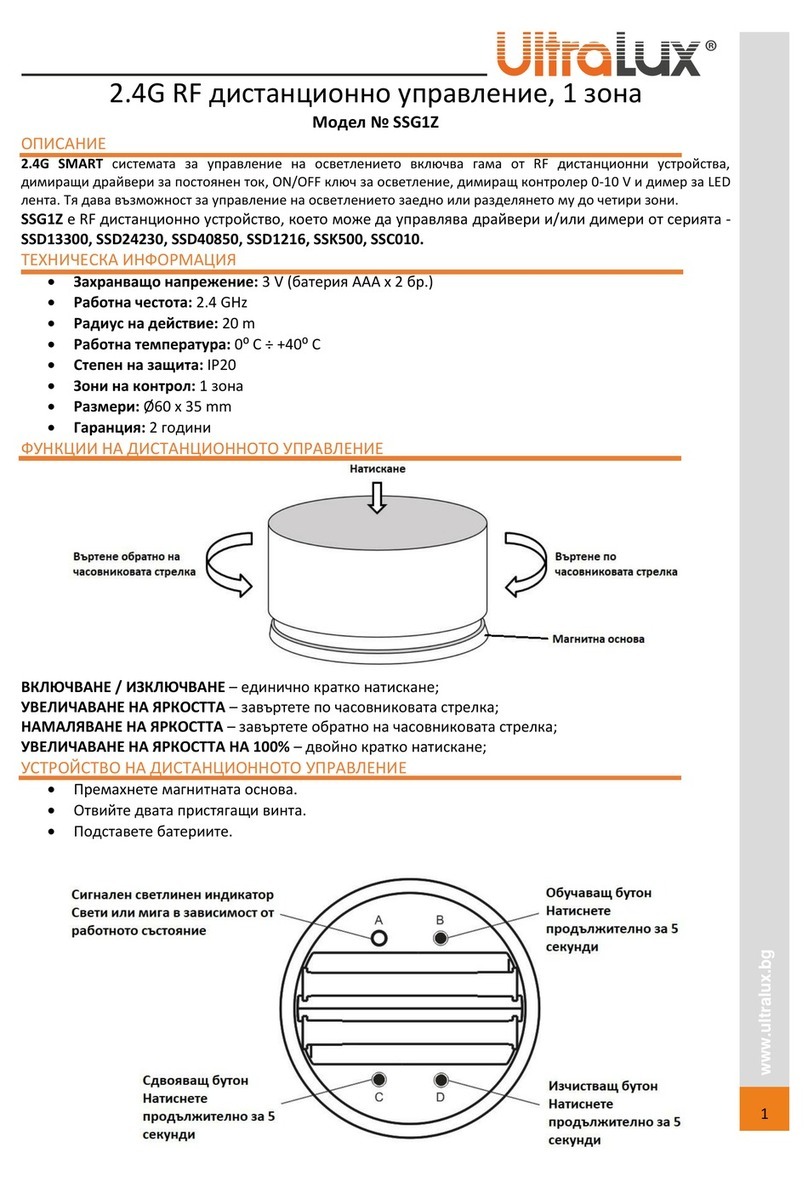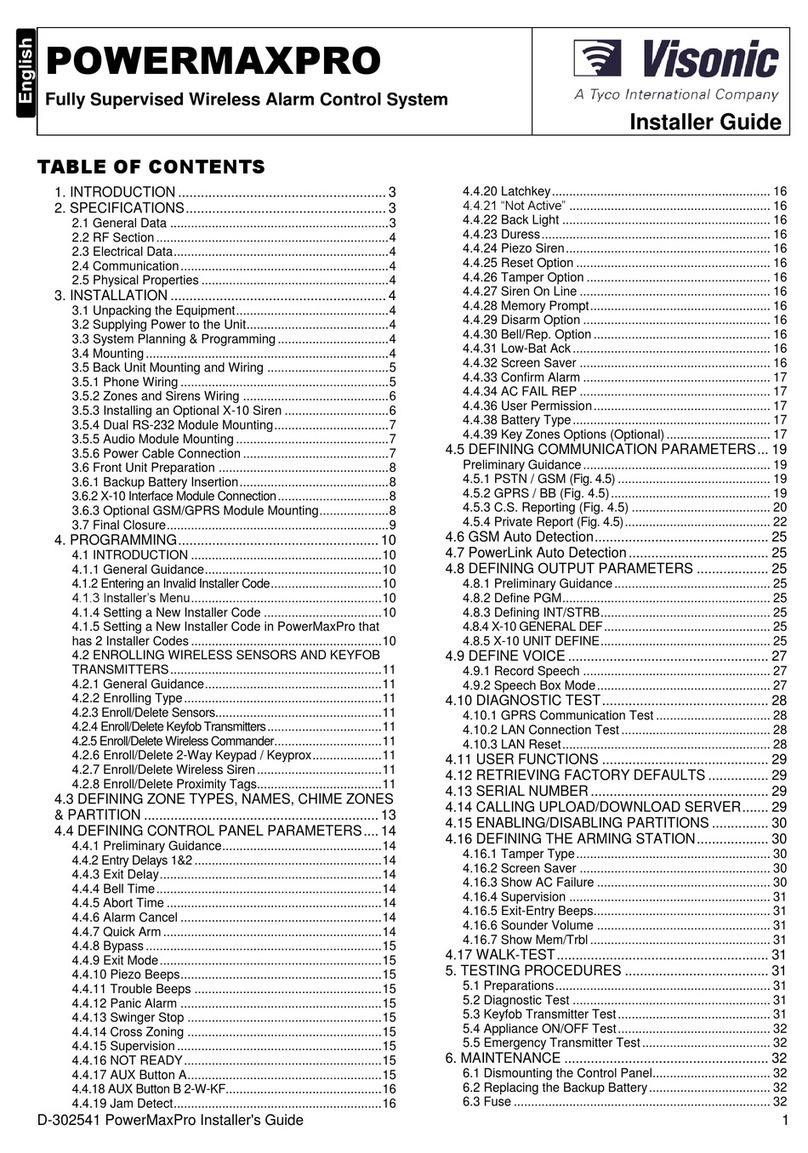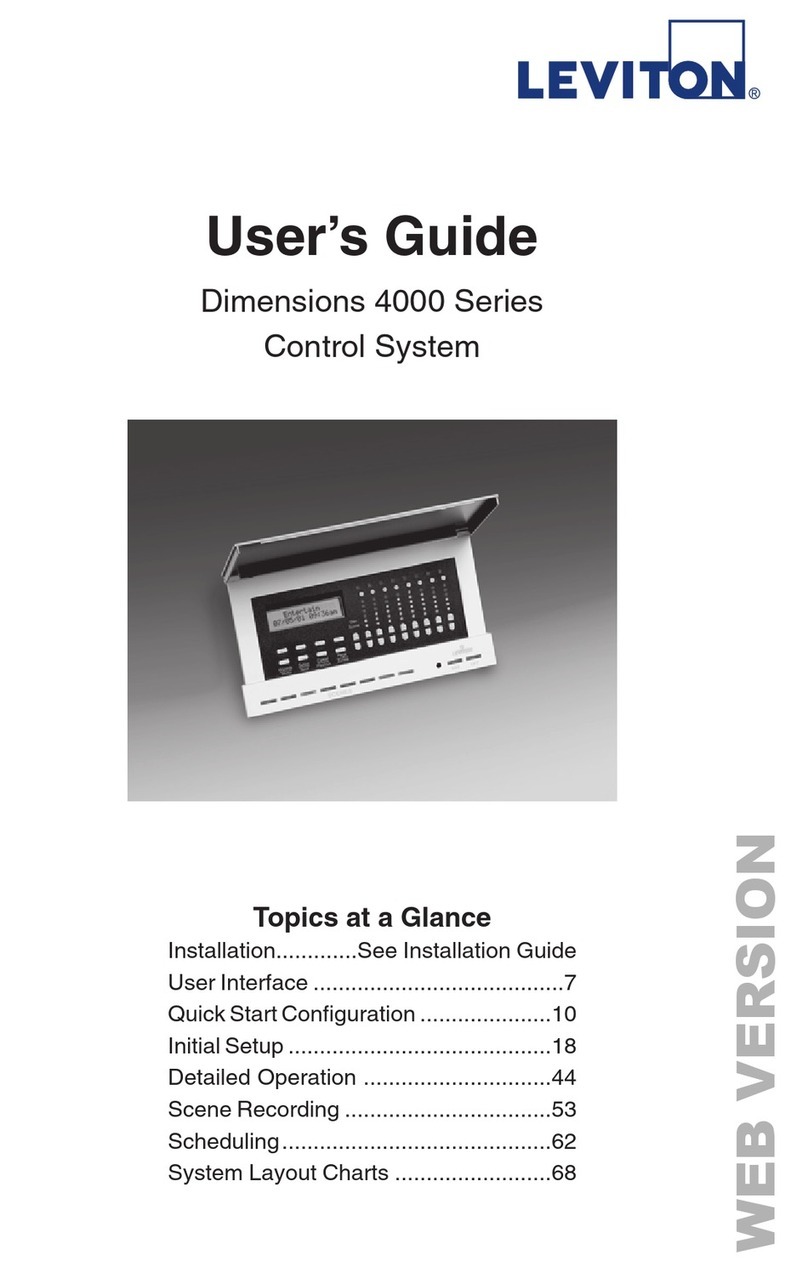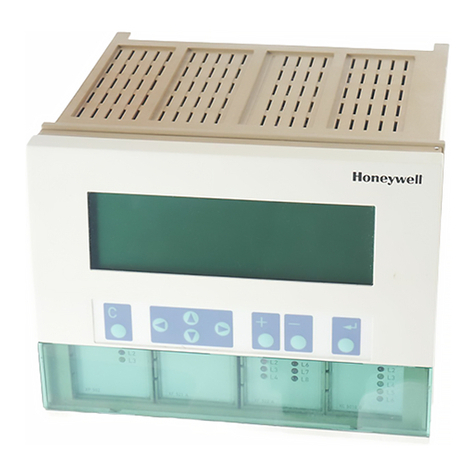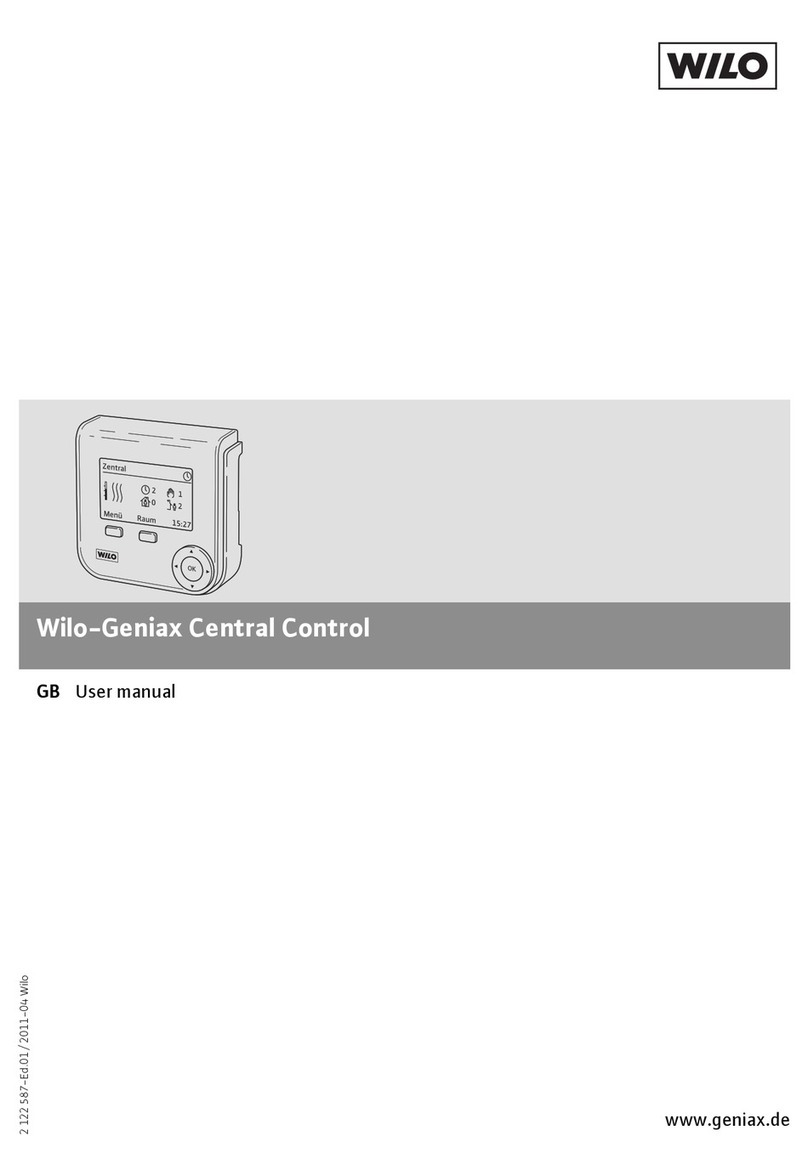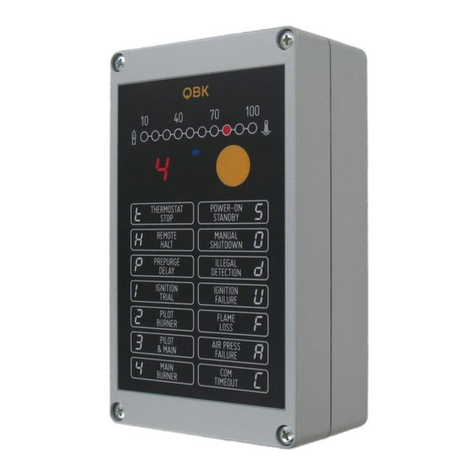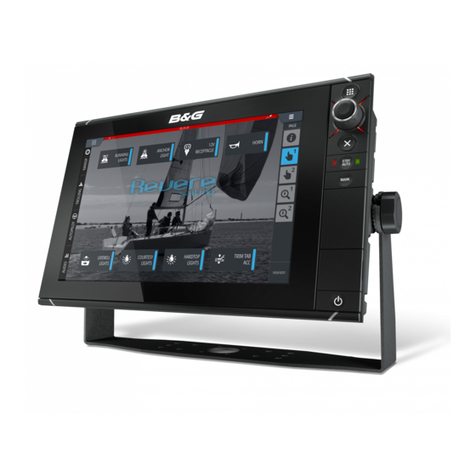Topline TEC4000 User manual

TEC4000 Amperometric
Chemistry Control System
Manual

2
Drawing 10148 REV 0 24-11-15
Topline Electronics Ltd Introduction
Topline were established in 1986 to provide high quality equipment. Topline now provide
integrated dosing equipment packages with a comprehensive service backup. We believe that our
after sales service is an integral part of the company’s success, and wish to assure existing and new
customers that we will continually review product and service performance with the aim of
improving both.
If you are experiencing any problems with your dosing system or general water quality please do
Topline are always willing to develop new products and services with clients, so if you have an idea
on how to improve any of Topline’s products or wish to develop a product for your own use please
contact Andrew Hunt on 01323 440760.
General Advice and Good Practice
All operators of swimming pool or spas should be trained to industry recognised standards, have
available documentation from the HSE which is relevant to swimming pools and spas, a pool
operations manual, risk and methods statements for all procedures performed by the site on the pool
or its equipment. This documentation is required to prevent accidents and in the event of an
accident without the information you could face prosecution.
The chemical dosing system should only be installed by competent engineers who understand all
the risks of swimming pool chemical dosing systems and the associated risk from having chlorine
and acid in close proximity.
Operators and installers should recognise and understand that the system should be installed and
operated to meet the below documentation.
PWTAG Swimming Pool Water Treatment and Quality Standards for Pools and Spas
(ISBN0951700766)
PWTAG Code of Practice Pool Water Treatment Advisory Group September 2014
HSE HSG179 Managing Health and Safety in Swimming Pools (ISBN 9780717626861)
HSE Management of Spa Pools Part 1 (ISBN 0901144800)
HSE Management of Spa Pools Part 2 (ISBN 0901144800)
HSE Control of Substances Hazardous to Health Regulations
HSE Approved List of Biological agents
HSE Workplace Health, Safety and Welfare
HSE Provision and Use of Work Equipment Regulations ISBN 9780717666195
HSE Electricity at Work Regulations ISBN 9780717662289
HSE Control of Legionella L8
HSE Manual Handling Operations Regulations ISBN 9780717628230
HSE Reporting of Injuries, Disease and Dangerous Occurrences Regulations
HSE Health and Safety Signs and Signals ISBN 9780717663590
Documented pool management manual
Risk and method statements for all processes
COSHH Assessments for all chemicals on site
MSDS sheets for all chemicals on site

3
Drawing 10148 REV 0 24-11-15 Contents
Section 1 Installation Instructions
Section 2 Commissioning Handover Instructions
Section 3 Operating Instructions
Section 4 Trouble Shooting
Section 5 Maintenance Instructions
Section 6 Operating / Warranty Conditions
and Advisory Notes
Section 7 Servicing / Extended Warranty Contracts
and Retail Price List
Section 8 Index

4
Drawing 10148 REV 0 24-11-15
SECTION 1
INSTALLATION
INSTRUCTIONS

5
Drawing 10148 REV 0 24-11-15
Installation Instructions for TEC Pool Dosing Equipment
This equipment is only to be installed by a person qualified in electrical and
chemical plumbing systems
Technical Data TEC4000 Control System
Dimensions 365mm wide x 650mm tall x 110mm deep
Power Requirement 240 VAC single phase 50 Hz.
Power Consumption 20 watts (Excluding Feeders)
Operating Temperature 0 - 50 degrees centigrade
Enclosure Metal IP54
Front control panel Touch Screen behind polyester membrane
Display Graphic LCD ¼ VGA 120mm wide x 90mm high
Chlorine sensor Amperometric 3 electrode system
Measuring range 0 - 40 mg/l
pH sensor Glass with internal reference
Measuring range 0-14 pH
Redox +/- 2v
Outputs Chemical feeders 3 x 240 VAC 2amps switched
External Alarm Voltage free no/nc
USB port
RS485 data port
WIFI
BMS output 0-10v pH, chlorine and redox
Timed 240 VAC 2 amps electric agitator
Timed 240 VAC 2 amps flocculent
Energy control system
Real time clock
Inputs 3 analogue
2 digital flow sensor
Touch Screen Display
Programmable input

6
Drawing 10148 REV 0 24-11-15
CE Certificate Declaration of conformance
Manufacturer's Name Topline Electronics Ltd
Manufacturer's Address A8 Ropemaker Park
Hailsham, E.Sussex
England, BN27 3GU
Declares that the above product conforms to the following product specifications:
Low Voltage Directive 72/73 EEC
Electromagnetic Compatibility Directive 2004/108/EC
Restriction of Hazardous Substances (RoSH)
Directive 2002/96/EC
Waste Electrical and Electronic Equipment (WEEE)
Directive 2002/95/EC
CE marking.
I the undersigned, declare that the equipment above conforms to the above directives and carries the
CE marking.
Manufacturer Topline Electronics Ltd
Signature on behalf of Topline Electronics Ltd
A.Hunt
Date November 24th 2015

7
Drawing 10148 REV 0 24-11-15
Installation Instructions (Cont)
Position of chemistry Control System
A wall space of at least 700mm high by 400mm wide is required. Mount the controller with the
TOP of the assembly no more than 1700mm from ground level.
The system is mounted on a backboard and the water sample inlet is on the left hand side with the
return on the right hand side of the measuring cell when viewed from the front.
The control unit and chemical storage areas should be easily accessible to the operator. Protective
clothing should be available for use and warning signs present.
The points of injection and storage (both labelled correctly) (flocculent, pH correction and chlorine
donor) should be not less than 2 metres apart and should be easily accessible. The injection points
should be situated after the control system sample line take off, not above head height, but above
the top of the day tanks to avoid siphoning and not placed above any equipment that would be
damaged by any leakage. The injection points should be post filter, heater and UV system. The
dosing lines should be as short as possible and run in protective sleeving. Dosing pump foot valve
assemblies should be supported in rigid pipe held clear of agitators and 4cm clear of the day tank
bottom. If CO2 is used to correct the pH and the plant room is confined or below ground level,
then a CO2 leakage detection sensor must be provided. A water supply with appropriate siphon
protection (mains, not pool water!) should be provided for making up chemical solutions. If UV
systems are used to treat the water, larger dosing pumps may be required.
Equipment selection check list
TYPE POOL POOL POOL SPA SPA
Pool capacity >350M3 >200M3 >50M3 >10M3 >1M3
Controller Topline Topline Topline Topline Topline
LMI Pumps only
Na HSO4 (Dry acid 10%) Incoming calcium hardness and alkalinity are above 100 ppm
Day tank size litres +110% bund 300 200 100 50 50
Agitator Man Man Man Man Man
Pump model B145 PO65 PO65 PO55 PO55
Injector type LMI LMI LMI LMI LMI
Dosing hose size 1/2 3/8 3/8 3/8 3/8
Na OCl (Sodium Hypo 10-14%) Incoming calcium hardness and alkalinity are above 100 ppm
Day tank size litres +110%bund 300 200 100 50 50
Agitator No No No No No
Hand transfer pump Yes Yes Yes Yes Yes
Pump model B145 PO65 PO65 PO55 PO55
Injector type LMI LMI LMI LMI LMI
Dosing hose size 1/2 3/8 3/8 3/8 3/8
Ca OCL2 (Cal Hypo 3%) Incoming calcium hardness and alkalinity are below 100 ppm
Day tank size litres +110%bund 500 300 200 100 100
Agitator Elec Elec Elec Elec Elec
Pump model B145 B145 PO65 PO65 PO55
Injector type Rod Rod Rod Rod Rod
Dosing hose size 1/2 1/2 3/8 3/8 3/8
CO2 (Carbon dioxide) Incoming calcium hardness and alkalinity are below 100 ppm
CO2 detector to be used if plant room floor is below ground level
CO2 correction system TLE TLE TLE TLE TLE

8
Drawing 10148 REV 0 24-11-15
Installation Instructions (Cont)
Chemistry Control System Power Requirements
Only qualified and competent electricians working to the 17th Edition of electrical Regulations
should install electrical equipment. The controller is powered by a 240 volt single phase supply.
The supply should be taken from a ring main and must be run in suitable conduit terminated with
suitable glands. Cable entry should be made via the three 20mm tapped holes on the RHS side of
the enclosure. All mains wire conductor size used should be 1mm max. The incoming AC supply
must be via a 6 amp fused local isolator and a suitable earth current detecting device (RCCB).
Data connections made by screened 7/0.1 data cable. Connection is made via screw terminals
accessed by removing the lower panel (see below photograph 1)The electric agitator and any
solenoids should be fed via a suitable electrical contactor.
Photograph 1

9
Drawing 10148 REV 0 24-11-15
Installation Instructions (Cont.)
Chemistry Control System Inter Wiring
All the inter wiring is accessed by removing the lower cover. The connectors are push fit with
screw terminals attached to the female connector.
Connections accessed by removing lower panel
01-pH BMS 0v 15-Gnd cell 29-Agitator motor “E”
02-pH BMS 10v 16-Stainless steel ring 30-Agitator motor “N”
03-Cl BMS 0v 17-Flow switch Gnd 31-Agitator motor “L”
04-Cl BMS 10v 18-Flow switch 32-Cl/Bromine pump “E”
05-Redox BMS 0v 19-Flow switch +12v 33-Cl/Bromine pump “N”
06-Redox BMS 10v 20-Alarm normally closed 34-Cl/Bromine pump “L”
07-RS232 Gnd 21-Alarm common 35-pH minus pump “E”
08-RS232 Tx 22-Alarm normally open 36-pH minus pump “N”
09-RS232 Rx 23-Sol drop valve “E” 37-pH minus pump “L”
10-RS485 Inverter Gnd 24-Sol drop valve “N” 38-pH plus pump “E”
11-RS485 Inverter A 25-Sol drop valve “L” 39-pH plus pump “N”
12-RS485 Inverter B 26-Flocculent pump “E” 40-pH plus pump “L”
13-Remote Display Gnd 27-Flocculent pump “N” 41-Mains in “E”
14-Remote Display Tx 28-Flocculent pump “L” 42-Mains in “N”
43-Mains in “L”
Fuses
F1 3.15amp Drop solenoid F4 3.15amp –pH minus pump
F2 3.15amp pH plus pump F5 3.15amp –Chlorine pump fuse
F3 3.15amp Flocculent pump F6 3.15amp –Agitator fuse
Relays
RL1 –Alarm RL5 –Cl / Bromine pump
RL2 –Sol. drop valve RL6 –pH minus pump
RL3 –Flocculent pump RL7 –pH plus pump
RL4 –Agitator motor
BMS Scale for chlorine 0ppm to 40.95ppm
BMS Scale for pH 0 to 14
BMS Scale for Redox -2047 to +2048

10
Drawing 10148 REV 0 24-11-15
Installation Instructions (Cont.)
Water sample supply for the cell assembly
A water sample supply should be taken from the under side of the main circulation pre filter, via a
3/8 inch PVC isolating valve and a ‘Bowl’ strainer. The sample line should be 3/8 inch BSP rigid
PVC pipe. The pipe work from the cell assembly is 3/8 inch, and this joint is made with a 3/8 inch
PVC plain/threaded union to allow for servicing of the cell assembly if required. The sample return
can either be run to waste, to the balance tank or returned back into the suction side of the main
circulation, via a 3/8 inch PVC isolating valve. It is essential that there is a positive flow through
the probe assembly i.e. pressure on the sample input and vacuum or no pressure on the return.
A flow detection switch is fitted so if there is no circulation the chemical feeders will be shut down
and the alarm led will flash. It is precautionary that a second flow switch be installed prior to the
injection points in the main circulation system to also detect circulation system failure.
Inserting the Electrodes
Before inserting the electrodes ensure that you shake them to remove air from the tip of the
electrode. Only tighten the probes by hand, do not use tools. Do not insert the electrodes unless
you intend to leave water in the cell assembly. The electrodes must not be allowed to dry out.
System Installation

11
Drawing 10148 REV 0 24-11-15
SECTION 2
COMMISSIONING
HANDOVER
INSTRUCTIONS

12
Drawing 9829 REV 101-12-06
Commissioning of the Pool Dosing Equipment
REMOVE THIS AT COMMISSIONING
Commissioning procedure
It is important that the commissioning is comprehensive and complete and leaves no grey areas of
responsibility or accountability.
Clarity of description and explanation of the equipment to the client is therefore vital. Before the
chemical dosing plant is explained, complete the below check list. All of the lines are to be
completed; no blank lines are to be left. If any item is not OK then an explanation must be given.
Commissioning Check list
1.Pool |__________|__________|__________|__________|__________|
2.Positon of controller |__________|__________|__________|__________|__________|
3.Cell / pipework leaks |__________|__________|__________|__________|__________|
4.Cell assembly water flow |__________|__________|__________|__________|__________|
5.Electrical RCCB |__________|__________|__________|__________|__________|
6.Cl / pH / Floc | | | | | |
day & bund tank, position |__________|__________|__________|__________|__________|
7.Cl / pH / Floc | | | | | |
warning labels |__________|__________|__________|__________|__________|
8.Cl / pH / Floc | | | | | |
pump fixing |__________|__________|__________|__________|__________|
9.Cl / pH / Floc | | | | | |
chemical leaks |__________|__________|__________|__________|__________|
10.Cl / pH / Floc | | | | | |
injector position |__________|__________|__________|__________|__________|
11.Electrical Cl / pH / Floc | | | | | |
pump correct pool |__________|__________|__________|__________|__________|
12.Injection Cl / pH / Floc | | | | | |
correct pool, labels |__________|__________|__________|__________|__________|
13.Cl / pH agitator fixings |__________|__________|__________|__________|__________|
14. Secondary flow switch |__________|__________|__________|__________|__________|
15. Site Documentation to | | | | | |
Include HSE, RAMS etc |__________|__________|__________|__________|__________|
16. Site Staff qualifications |__________|__________|__________|__________|__________|
Notes reference above numbers
________________________________________________________________________________
________________________________________________________________________________
________________________________________________________________________________
________________________________________________________________________________
________________________________________________________________________________
________________________________________________________________________________

13
Drawing 10148 REV 0 24-11-15
ACCEPTANCE of EQUIPMENT
THE HANDOVER PROCEDURE, COMMISSIONING SHEET AND THIS SHEET ARE
TO BE REMOVED AND RETURNED TO TOPLINE OR COMMISSIONING AGENT
No person is to sign this commissioning sheet unless they are completely satisfied with the dosing
equipment supplied. Signing of this commissioning sheet means that you accept the equipment and
have understood POINTS 1 TO 19 in the hand over procedure, Health and Safety Warning, Risk
Assessment and Operations Manual. The dosing system is now yours and you are responsible
for its maintenance and operation. No person should operate the equipment unless they have
attended a commissioning or training session and are pool plant trained.
Start time ................................. Finish time .............................
Site ..................................................................
Address ..................................................................
..................................................................
..................................................................
Client (site) representative ..................................................................
Telephone ..................................................................
Fax ..................................................................
Commissioned by ..................................................................
Date ..................................................................
Pool? |__________|__________|__________|__________|__________|
Size m3? |__________|__________|__________|__________|__________|
Serial No? |__________|__________|__________|__________|__________|
Model? |__________|__________|__________|__________|__________|
pH Pump type? |__________|__________|__________|__________|__________|
Cl Pump type? |__________|__________|__________|__________|__________|
Rodding injector? |__________|__________|__________|__________|__________|
pH agitator man/electric? |__________|__________|__________|__________|__________|
Cl agitator man/electric? |__________|__________|__________|__________|__________|
pH Chemical? |__________|__________|__________|__________|__________|
Cl Chemical? |__________|__________|__________|__________|__________|
Cl day tank size? |__________|__________|__________|__________|__________|
pH day tank size? |__________|__________|__________|__________|__________|
Cl Strainer basket? |__________|__________|__________|__________|__________|
pH Strainer basket? |__________|__________|__________|__________|__________|
Topline safety kit? |__________|
Alkalinity incoming |__________|
Calcium Hardness incoming |__________|
Site Documentation |__________|
Staff qualifications |__________|

14
Drawing 10148 REV 0 24-11-15
Hand over procedure Explain and or demonstrate:
1. Pool and spa water to be clear, no smell and no foaming.
2. All areas close to pool to be kept clean, appropriate cleaning agents to be used that do not
contain detergents.
3. The pH must to be maintained between 7.2 and 7.8 for the chlorine donor to be efficient.
Combined chlorine will form quicker if these levels are not maintained together with an
increase in associated smell and irritation to skin and eyes. More acid or CO2 will be used
at first on a new pool due to the grouting and the controller may enter pH time-out at first
due to this. Acid reduces pH level.
4. Break point chlorination is to be maintained i.e. that free chlorine is to be no less than 2/3
of total. If break point chlorination is lost 10 times as much chlorine will be used to
re-achieve break point with the associated increase in chemical costs.
5. Under dosing of chlorine will mean that bacteria will multiply in the water.
6. Over dosing chlorine will bleach costumes (consider that fashion costumes are not suitable
for chlorine pools), irritate skin and effect bleached hair.
7. Correct use of DPD1, DPD3, phenol red, alkalinity & calcium hardness tablets,
record of tablet results to be maintained.
8. Balanced water is essential and achieved when alkalinity is between 75mg/l and 150mg/l,
calcium hardness is between 75mg/l and 500mg/l and TDS not above 1000mg/l above
source water (not salt water pools).
9. The general overview of the system to the staff, point out the sample line, the route the
sample takes through the pipe work to the sensors and the sequence of sample line isolating
valves i.e. isolation valves operation. The necessity of having a regular unchanging flow
through the sensor assembly, the function of the flow valve. The operation of the flow
switch and how this de-activates the chemical feeders.
10. That subjecting the electrodes to very high pressure or vacuum will damage the electrodes.
Indicate the electrodes and show which is which. Explain how the sensors work, are
removed and how they are cleaned with Topline cleaning solution.
11. The calibration procedure for the chlorine sensor, go through the operation of the controller,
i.e. reading, set point required level, standardisation actual level (point out that the water
sample used for standardising the electrodes must be taken from the sample tap
adjacent to the controller, not from the swimming pool), time out and proportional feed
set up, show how to set and change all the parameters as described in the operations manual
12. The dosing pumps. Show how to tighten up the set screws on dosing pump heads and
state that this should be done every six weeks. Show 4 function valve operation, foot valve
assembly and injector maintenance. Point out the dosing system supplier is not responsible
for blocked injectors or any damage caused by them.
13. CO2 controller. Show how to change the CO2 flow, clean CO2 diffuser, change over
bottles and pressure gauges, state that first stage regulator to be 1.5 bar.

15
Drawing 10148 REV 0 24-11-15
Hand over procedure (cont.) Explain and or demonstrate:
14. Show Risk assessment and Health and Safety sheet to staff.
15. When mixing the chemicals and filling the day tanks the following guidelines are to be
used:
a. That they should always wear personal protective equipment (PPE) when mixing
chemicals or handling system parts that have come in contact with chemicals. Warning
signs are to be put up to this effect.
b. Pool Operating Manuals, Risk and Method Statements for all processes, HSE documents,
PWTAG, COSHH and MSDS sheets should be kept on site.
c. Calcium hypochlorite ratio is NO MORE than 3 kilograms per 100 litres of water; agitate
for half an hour before use.
d. Sodium Hypochlorite should be transferred to the day tank from the delivery drums using a
manual hand transfer pump. The solution should never be poured from container to
container directly. The hand transfer pump needs flushing with water after use. If not the
pump will be permanently damaged, the repair/replacement will be charged for.
e. Sodium bisulphate strength should be no more than 10 kilograms per 100 litres of water
agitation is required when mixing sodium bisulphate.
f. Chemical levels should not be allowed to fall below 25% of tank capacity.
g. When acid and chlorine mix, chlorine gas is generated which is extremely dangerous.
h. Only vapour take off CO2 bottles to be used with Topline CO2 systems. CO2 is an
asphyxiate, warning systems should be installed in below ground level plant rooms.
i. All chemical storage areas and chemical pumps must be kept clean. All spillage’s must be
cleared up immediately, absorbed using an inert material and placed in suitable containers
for correct disposal. Appropriate authorities must be informed of spillages.
16. The de-activation of TEC4000 during backwashing.
17. That organic polymer flocculants and cyanuric acid based (STABILISED) chlorine
should only be used after contacting Topline, due to coated electrode and chlorine lock out
problems.
18. Cover terms and conditions of guarantee.
19. Point out that service calls will be charged for if the responsibility for the fault lies with
the operator or the maintenance schedule has not been kept up to date.
22. That the site should have at least one person trained to an industry recognised standard.
21. Ask everyone if they have any questions and have understood everything they have been
told.

16
Drawing 10148 REV 0 24-11-15
TWELVE MONTH GUARANTEE
Product Valid from
Purchased From
Installed by-: Commissioned by-:
Your new Topline Product carries a full 12 month guarantee against faulty materials and
workmanship. In the unlikely event that you have cause to complain during this period you should
contact Topline Electronics Ltd. Unit 7, Crown Close, Hailsham, East Sussex. BN7 3JF. Phone
01323 440760. We will replace components or the equipment, without charge. Provided that:-
Topline Electronics Ltd. carried out the commissioning or have approved the
commissioning.
The Operating Instructions (provided with equipment) have been followed.
Operating conditions have been met per the TEC4000.
All routine maintenance as been carried out.
Service components installed are approved by Topline Electronics Ltd.
The product has not had a repair attempted by others.
The product has not been damaged, abused or altered,
The product is being used for the purpose it was intended for.
We reserve the right to use substitute components of similar or higher quality.
This guarantee does not affect your statutory rights.
PRODUCT SUPPORT.
All of our products can be supported by an Extended Warranty, Service Agreements and System
Training. Free training is available at commissioning.
Our Technical Helpline 01323 440760 can provide assistance during office hours.
Extended warranty
Topline Electronics Ltd offer an extended warranty on new equipment. The extended warranty
includes one service and all parts used on that service. The extension periods are 1 year, 2 years and
3 years. Terms are per 12 month guarantee. The offer of an extended warranty is only available
within 4 months of the commissioning date. The costs are detailed in the Topline Electronics Ltd
price list. Extended warranty must be paid for in advance.

17
Drawing 10148 REV 0 24-11-15
SECTION 3
OPERATING
INSTRUCTIONS

18
Drawing 10148 REV 0 24-11-15
Health and Safety Warning
You must have safety clothing available for use when
you are mixing or using any chemicals. Always wear
protective clothing when handling chemicals.
It is imperative that eye protection is employed at all
times.
Details of which clothing must be worn is given on the
COSHH health data sheets. You must have the safety
data sheets for the chemicals you use on site, these are
provided by your chemical supplier. We cannot be held
responsible for any accidents. Only trained personnel
should be allowed access to chemical dosing systems.
Remember, if something is wrong with any of the
swimming pool systems,
TAKE THE APPROPRIATE ACTION!
Even if this is only to alert your manager. Do not just
record a fault and walk away - bad pool management
can affect bather’s health.
.

19
Drawing 10148 REV 0 24-11-15
Risk and Method Statement

20
Drawing 10148 REV 0 24-11-15
Risk and Method Statement
Table of contents
Other Topline Control System manuals
Popular Control System manuals by other brands

Powerdist
Powerdist DECS125-15 Replacement manual
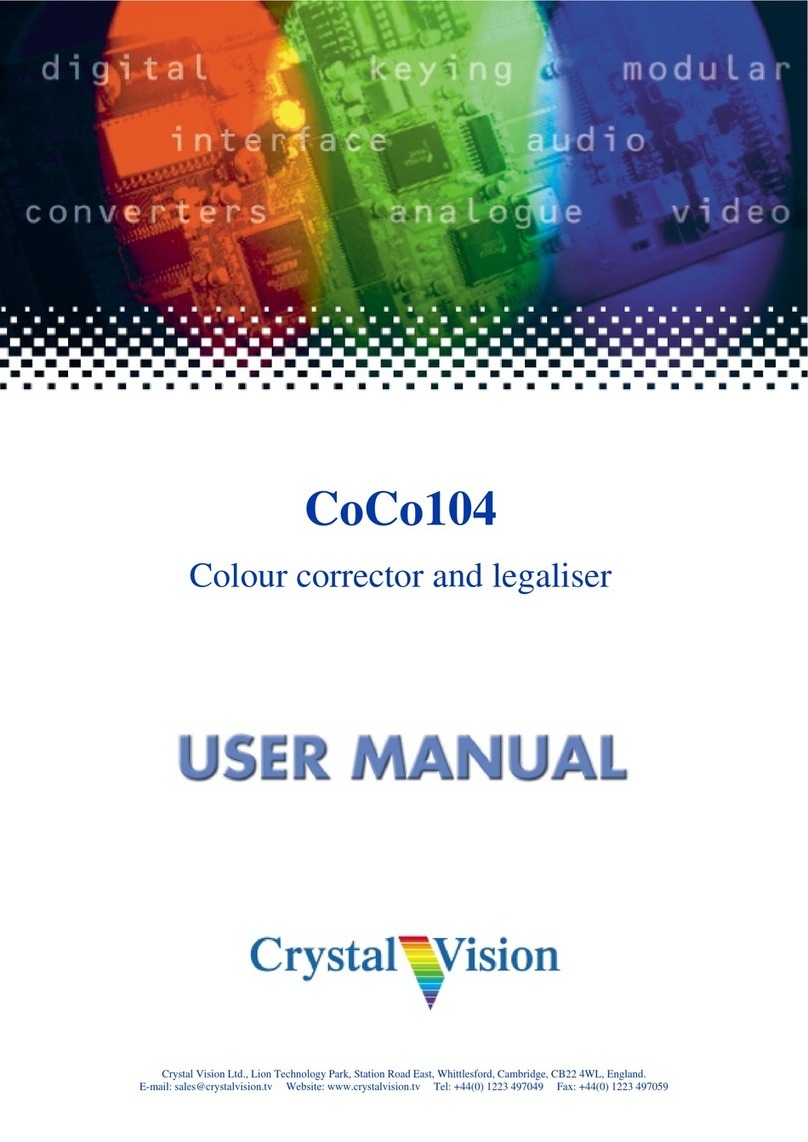
Crystal Vision
Crystal Vision CoCo104 user manual
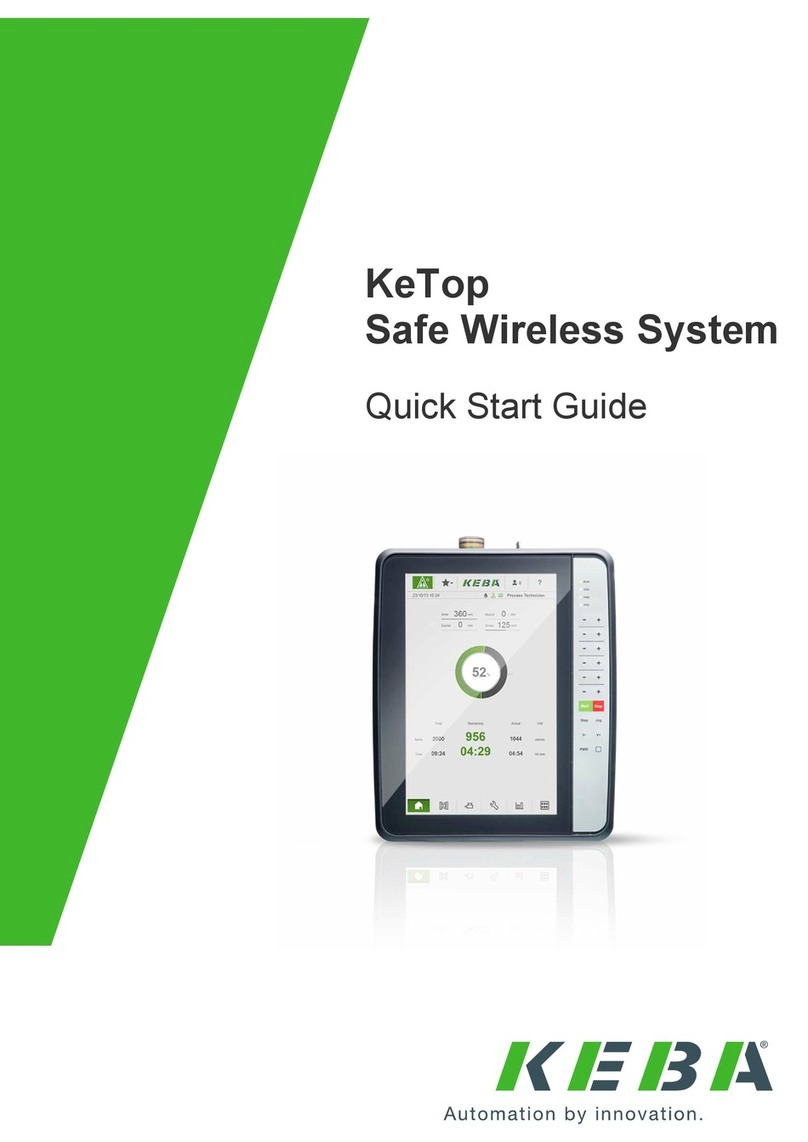
Keba
Keba KeTop Safe Wireless System quick start guide
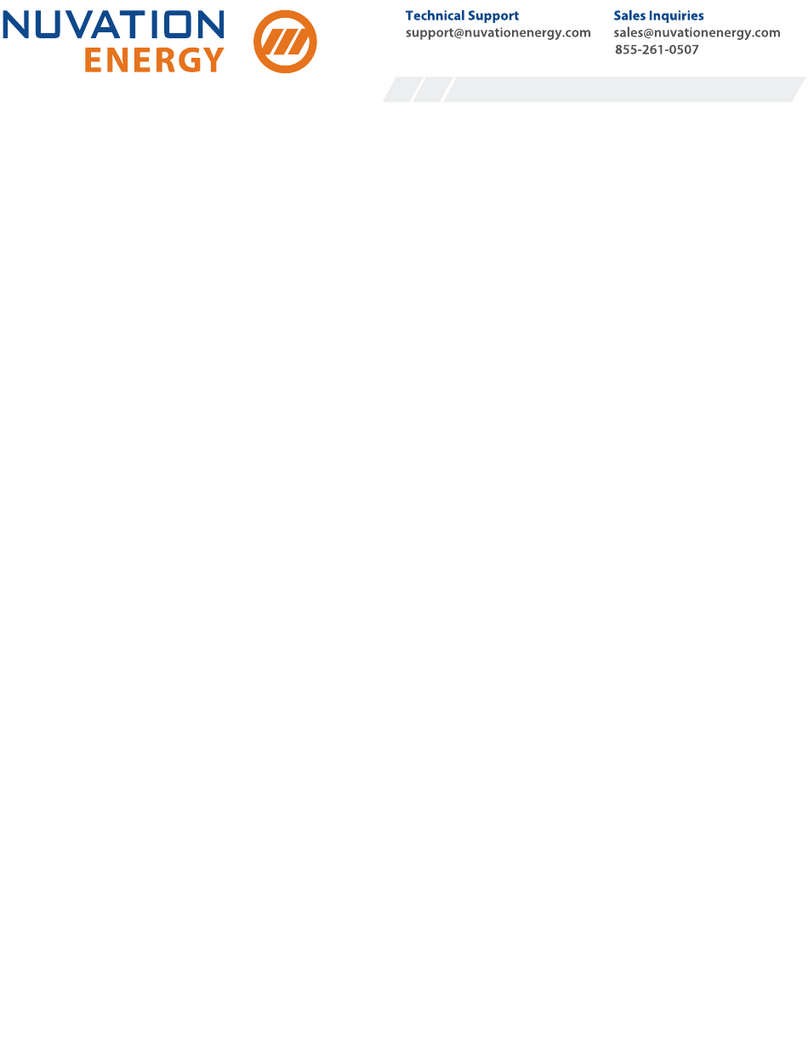
Nuvation Energy
Nuvation Energy NUVSSG-1250-100 product manual
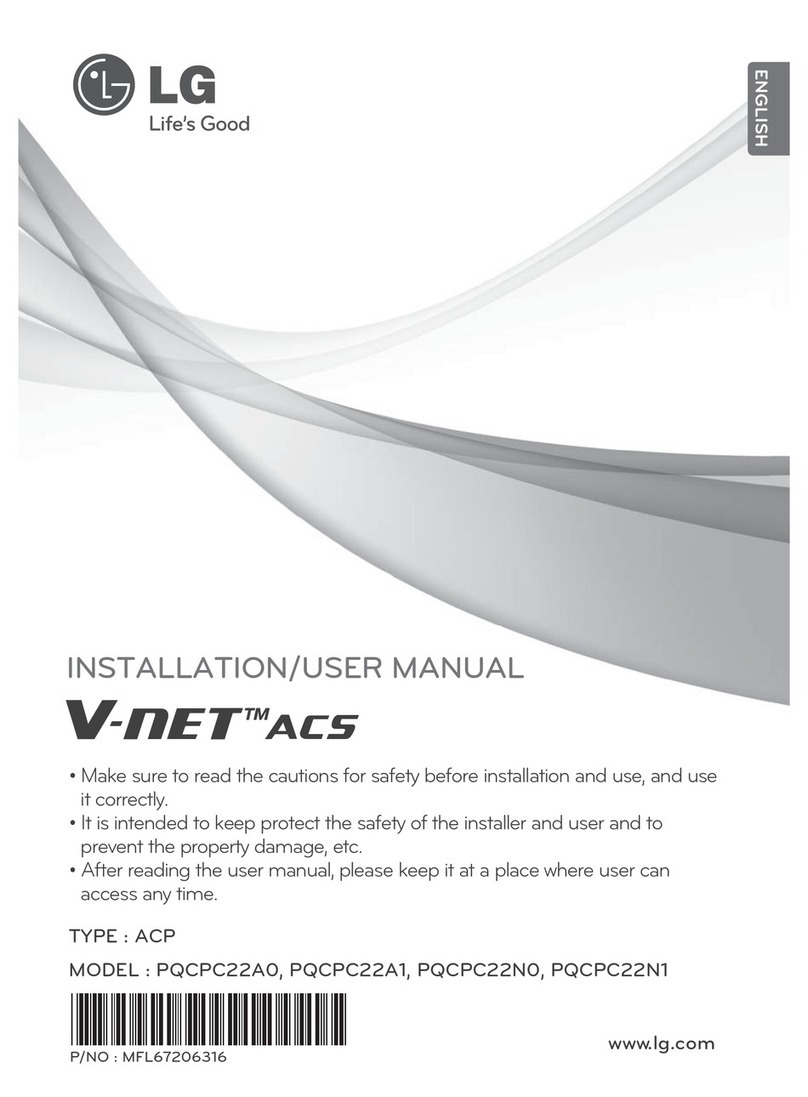
LG
LG V-NET PQCPC22N0 Installation & user manual
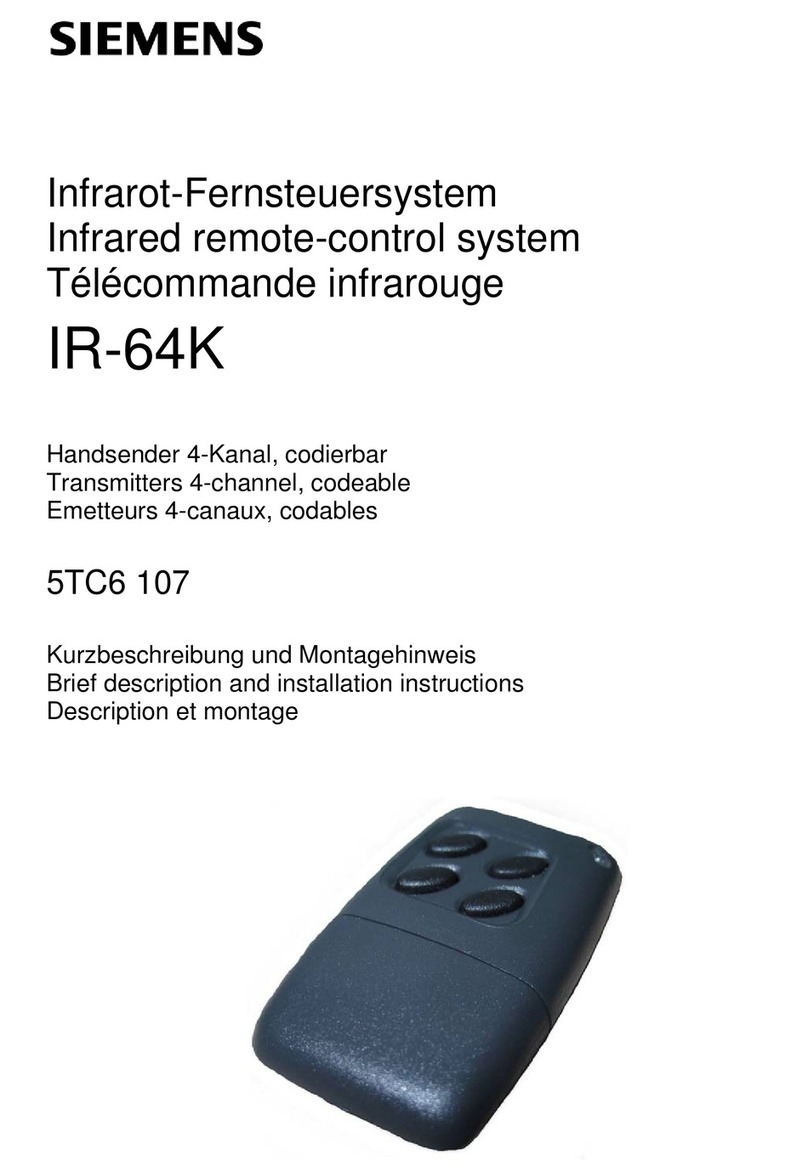
Siemens
Siemens IR-64K Brief description and installation instructions

